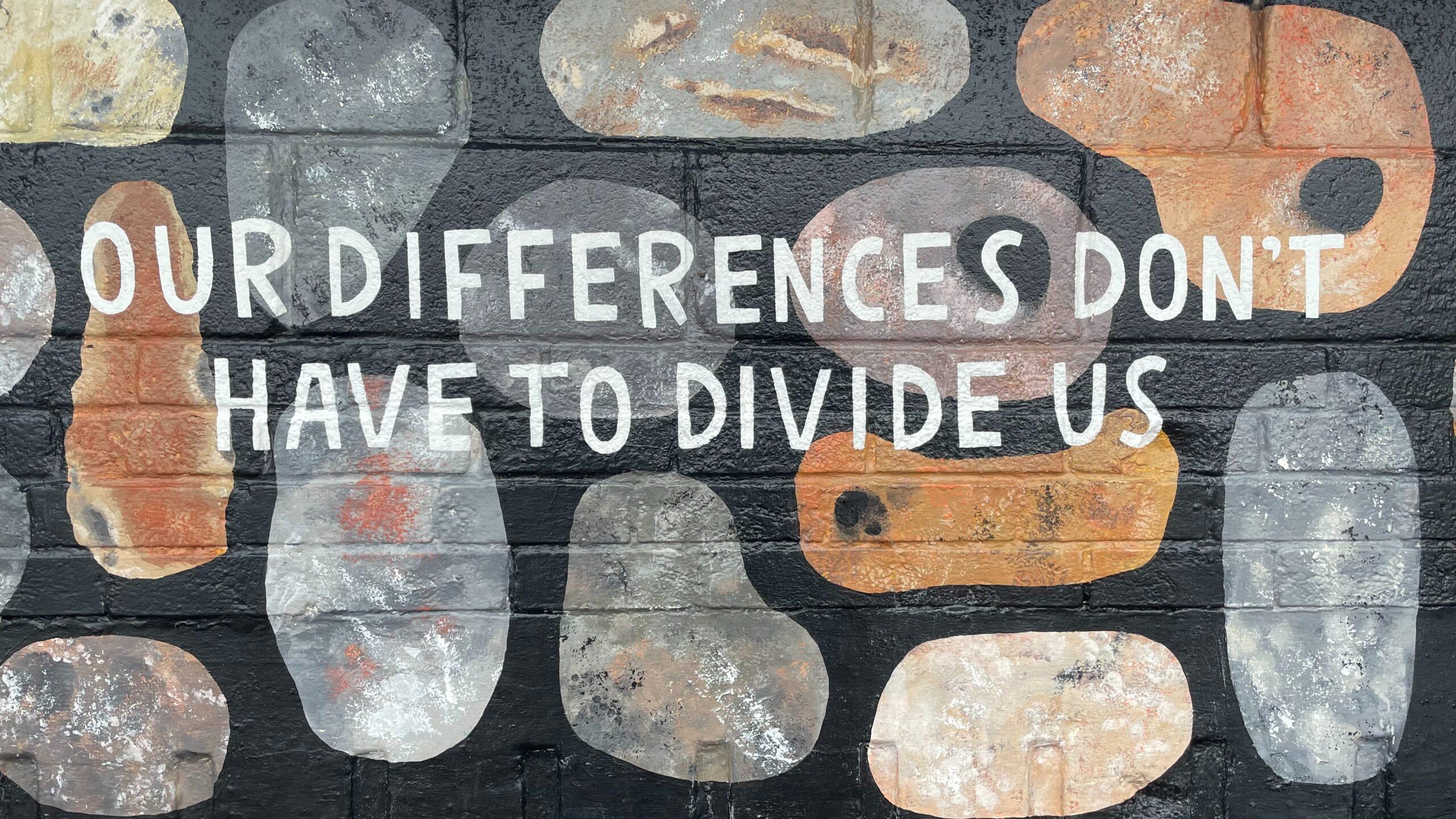Some Thoughts on the UNESCO OER Recommendation
I’m leaving this post online solely for historical / archive purposes. See this updated post instead. There’s great news out of the recent UNESCO meeting in Paris, where member states unanimously adopted the draft Recommendation on Open Educational Resources (OER). I want to highlight some of the parts of the Recommendation that caught my eye, … Read more

You must be logged in to post a comment.